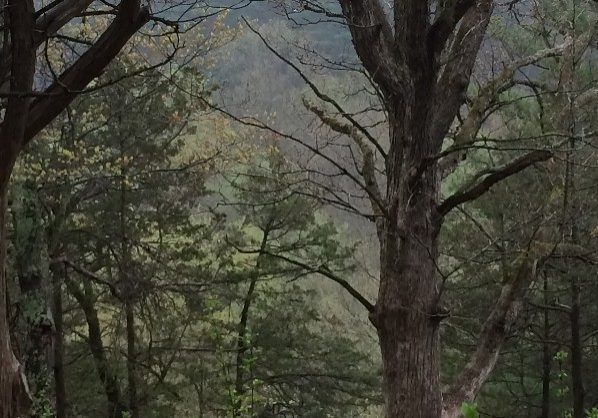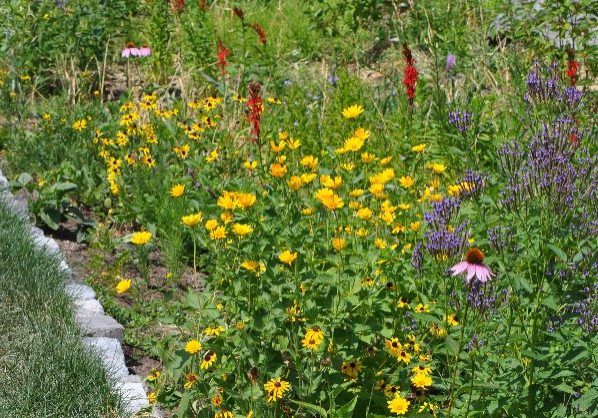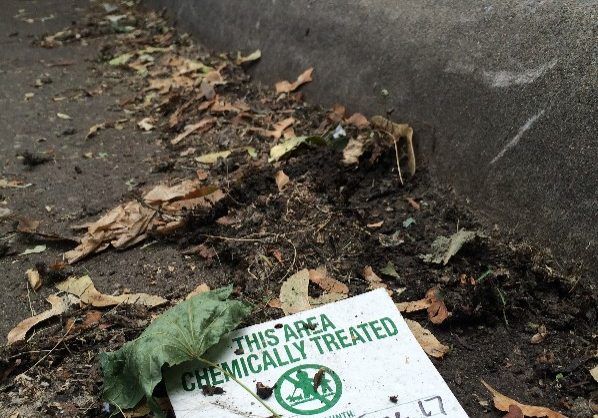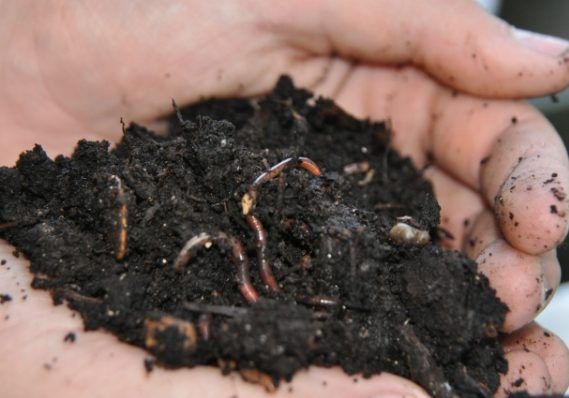Clean Water
Water flows over all of our landscapes. Rain gardens, healthy soils, native plants, ground covers, and wood mulch are all part of the tool-kit for filtering and cleaning rainwater.
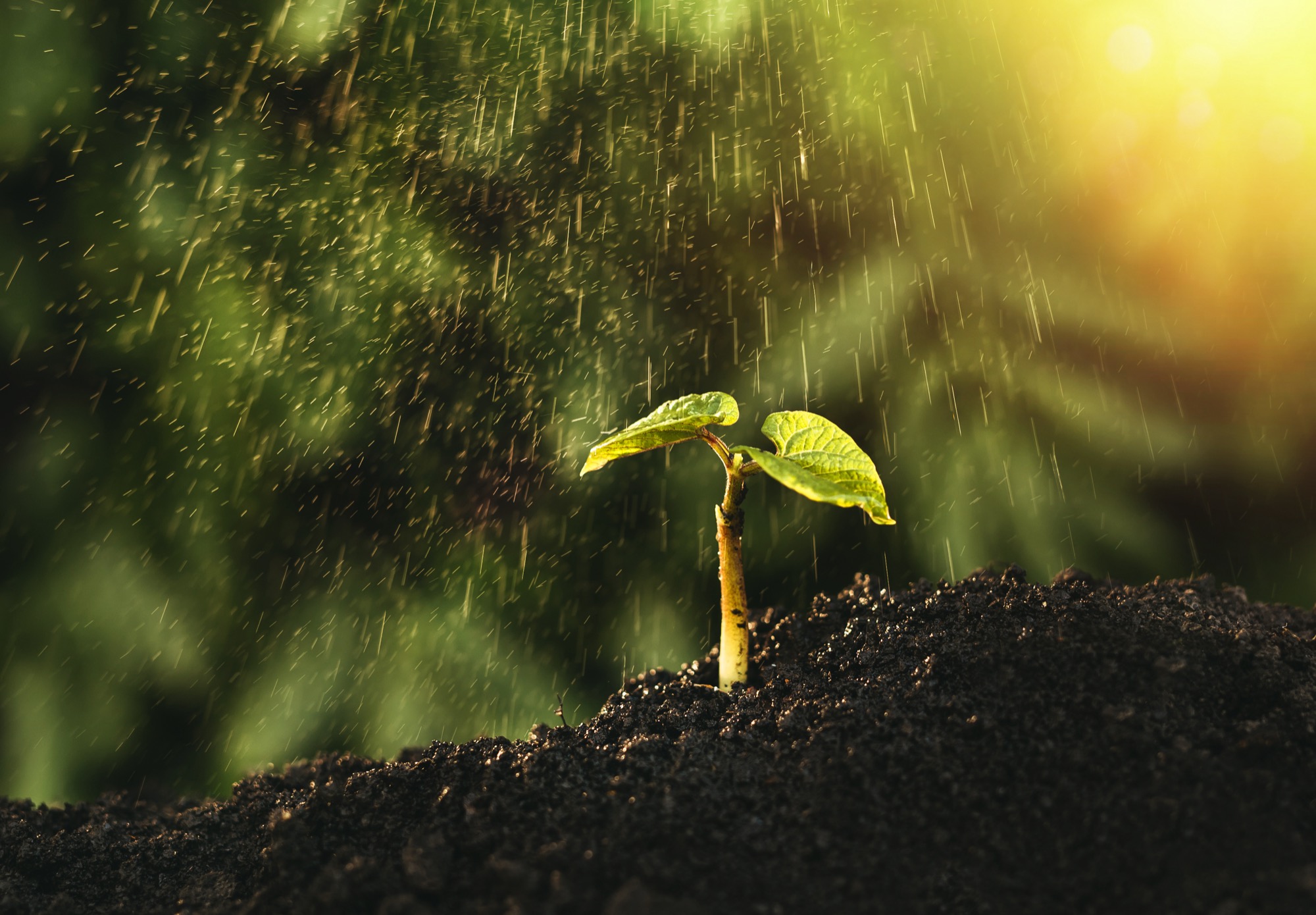
Keeping the basement dry and making sure water flows away from foundations is essential in planning a well-functioning landscape.
Equally as important is making sure that all water landing on the property is being filtered and cleaned before it leaves the site.
Rainwater washes over and connects everything in the landscape. When rainwater hits a hard surface like a driveway or roof, it’s channeled into alleys, gutters, and drains until it reaches the nearest waterway. When water flows over the landscape before entering local waterways it brings with it nutrients, pollution, and warmth, all things that damage bodies of water.
As landscapers we have a special responsibility to make sure the work we do supports clean water. Essentially, we have to make sure that water infiltrates into the ground as much as possible in every property we design and manage. When water flows through the ground it gets cooled, filtered, and cleaned on its way to water tables that interact with local water bodies.
Here are a few of our favorite tools for cooling and filtering rainwater
Rain Gardens!
A rain garden is a mixture between a ditch and a seasonal wetland. Placed at the bottom of downspouts or in wet, low areas in the yard rain gardens are swales that are dug into the ground so that water flowing off of roofs, parking lots, and driveways has a place to collect while it infiltrates into the ground.
Rain gardens use native plants to drive roots deep underground opening up water channels sometimes as deep as 30’. We love to plant rain gardens because the native plants attract birds, butterflies, and other pollinators.
Healthy Soils!
Healthy soils not only allow water to flow deeper down, recharging ground water, but they also hold more water due to having higher levels of organic matter. Furthermore, healthy soil does not leach nutrients.
In healthy soil, soluble nutrients are either used up by plants or sucked up into the bodies of microorganisms where they are held until those organisms become someone else’s lunch.
Almost 90% of the inorganic nutrition fed to plants in the form of human-made fertilizers leach out of the soil and into our lakes and rivers, causing hazardous algal blooms, dead zones, and the loss of aquatic life.
This is because we are applying too much, more than the plants can eat at one time, and because we are applying these nutrients to dirt, which has no capacity to hold onto them. (These soil paragraphs are from our friend Kassie at Renaissance Soils).
Plant in Layers!
Forests, prairies, and meadows are all filled with plants at many layers. As rainwater hits each successive layer of canopy on its way down, the water is slowed and cooled before hitting the ground. The more layers of plants there are in your landscape the slower the rain will be when it hits the ground. It’s important to slow the rainwater down so that it has time to soak into the ground to be cooled and cleaned.
The entire landscape used to be a rain garden. The land used to soak in water, cool it, and clean it of nutrients and pollution before it entered local waterways.
We’ve essentially broken that natural system for recharging and refreshing the water and because we broke it, we are responsible to fix it.
Minnehaha Falls Landscaping is proud to be a Blue Thumb Partner business. This means we’re a part of a group of landscaping companies that are dedicated to educating about and implementing clean-water practices on our sites.
Being named after a waterfall is a constant reminder of how important and sacred water really is. As landscapers we’re honored to do work that will clean and protect water for all life to enjoy.


